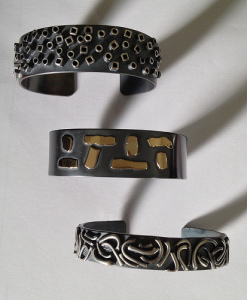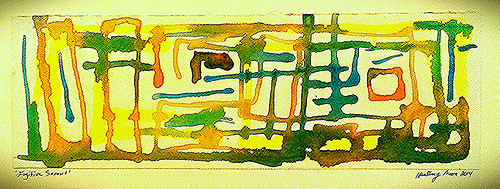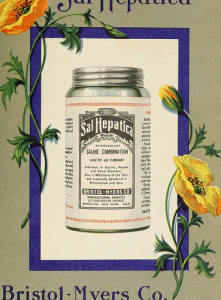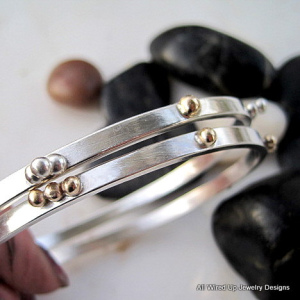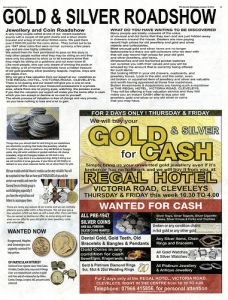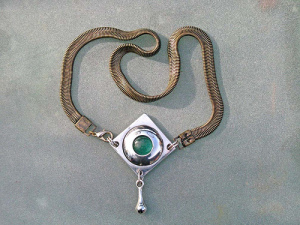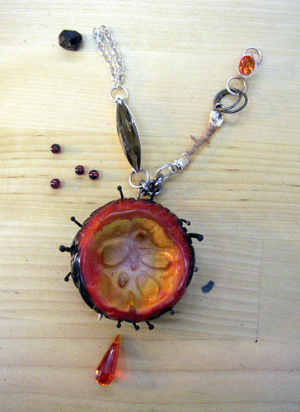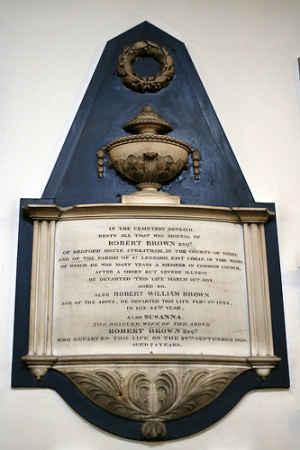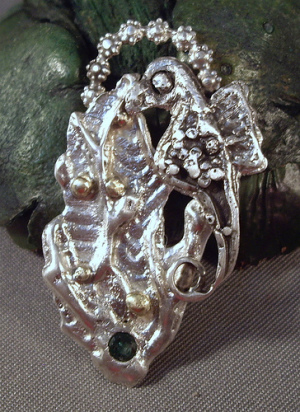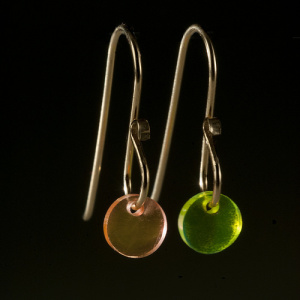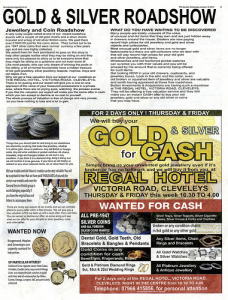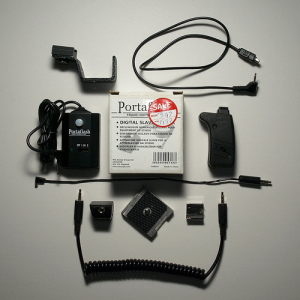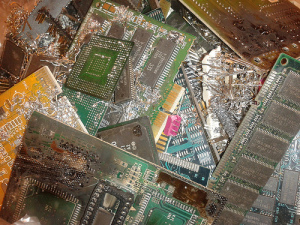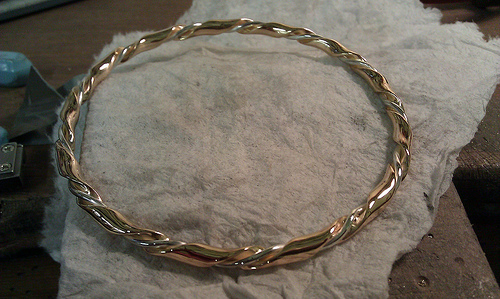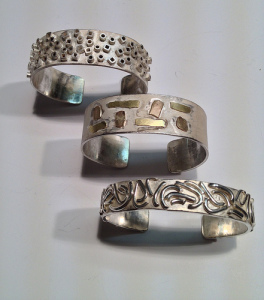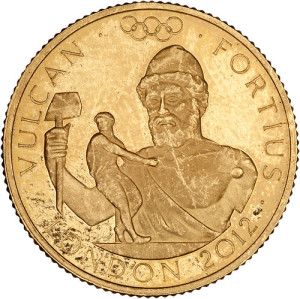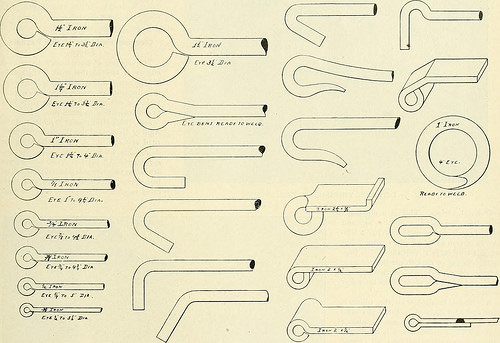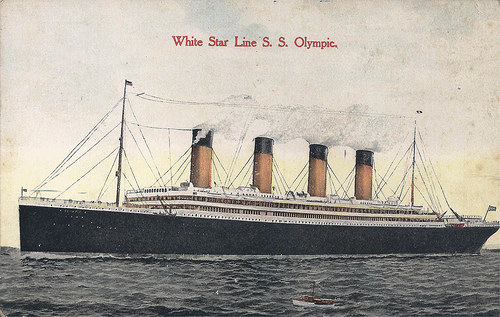Read More...
Sometimes shopping for gold can be confusing. Should you get 14K or 18K? What does the karat of gold mean anyway? What is the difference between white, rose, and yellow colored gold? Let us explore the advantages and disadvantages of different colors and karats of gold jewelry.
We'll start at the beginning. Gold has been used as early as 2600 B.C. and shown in Egyptian hieroglyphs of the same time period. People have spent their entire lives traveling to the ends of the Earth in search for this precious metal.
The system of karats simply shows the purity of gold. 24 karat gold is considered 99.9% pure and any other karat of gold can be divided by 24 to give its percentage purity. For example, 14 karat gold is 58.3% pure. (14 / 24 = .583) Another common example is 18 karat gold which is 75% pure. (18 / 24 = .75) The purity of any gold can be found by plugging into this simple math formula. Hence, the higher the karat of gold, the more pure it is, and the more expensive it is.
This begs the question of what else makes up the other percentage of jewelry when 10K, 14K and 18K gold is most widely used in the industry?
Gold alloys are used and created to alter the malleability, color, melting point, and most importantly, hardness. 24K pure gold is very soft and when used in jewelry is damaged very easily. The other percentage of jewelry in lower karat gold is most often made of copper, giving it a red hue. Silver and palladium is also used, along with nickel and in rare cases iron and aluminum. High karat gold alloys are much more resistant to corrosion and tarnish than sterling silver, but should still be maintained and cleaned professionally and on a regular basis depending on how often your jewelry is being worn and used.
Rose gold gets its hue from a higher percentage of copper used in the jewelry, usually taking place of silver. It matches some skin tones wonderfully and contrasts all diamonds. It is also regaining popularity again in our time.
White gold can most often be broken into two categories. There are those that use nickel and those that use palladium to "bleach" out the yellow.
While nickel has the strongest bleaching abilities, a rare percentage of the population are allergic to nickel. While Europe has developed regulatory laws stating how much nickel may be used in jewelry, the US has not and it is important that you consider using a jeweler that is reputable and not always just the cheapest.
When palladium is used as the bleaching agent, there are no allergic issues but the price goes up as it is a more precious metal falling into the platinum group.
This informative article is meant to educate those shopping for a wedding band. Often times the diamond education and "The 4 C's" is pushed so much that we forget the importance of the rest of the ring holding the diamond. With this knowledge one can hope to find a wedding ring that will truly make them happy forever.
Related Posts
-
 How to Determine Your Scrap Gold’s Value
The majority of individuals do not understand they have the facility to generate money
How to Determine Your Scrap Gold’s Value
The majority of individuals do not understand they have the facility to generate money -
 Where Can I
Graduate school scholarships are readily available for you; all you need to do is
Where Can I
Graduate school scholarships are readily available for you; all you need to do is -
 What’s the Difference Between 10K, 14K, 18K and 24K Gold Jewelry?
Gold jewelry is an asset for the buyer, or in the event where it
What’s the Difference Between 10K, 14K, 18K and 24K Gold Jewelry?
Gold jewelry is an asset for the buyer, or in the event where it -
 Selling Your Scrap Car
While many of us do have a tendency to get attached to our old
Selling Your Scrap Car
While many of us do have a tendency to get attached to our old -
 Scrap my Car
Have you ever just thought ‘I should scrap my car’? Well you’re not the
Scrap my Car
Have you ever just thought ‘I should scrap my car’? Well you’re not the -
 How to Melt Scrap Gold
Gold is one of the world’s precious metals. It is used in numerous countries
How to Melt Scrap Gold
Gold is one of the world’s precious metals. It is used in numerous countries -
 Are You Looking For the Best Gold Buyers
Today Gold Prices are almost touching the skies. If you are planning to
Are You Looking For the Best Gold Buyers
Today Gold Prices are almost touching the skies. If you are planning to -
 Learning About Selling Gold
Not only are the markets in the U.S. starting to look very shaky, but
Learning About Selling Gold
Not only are the markets in the U.S. starting to look very shaky, but


